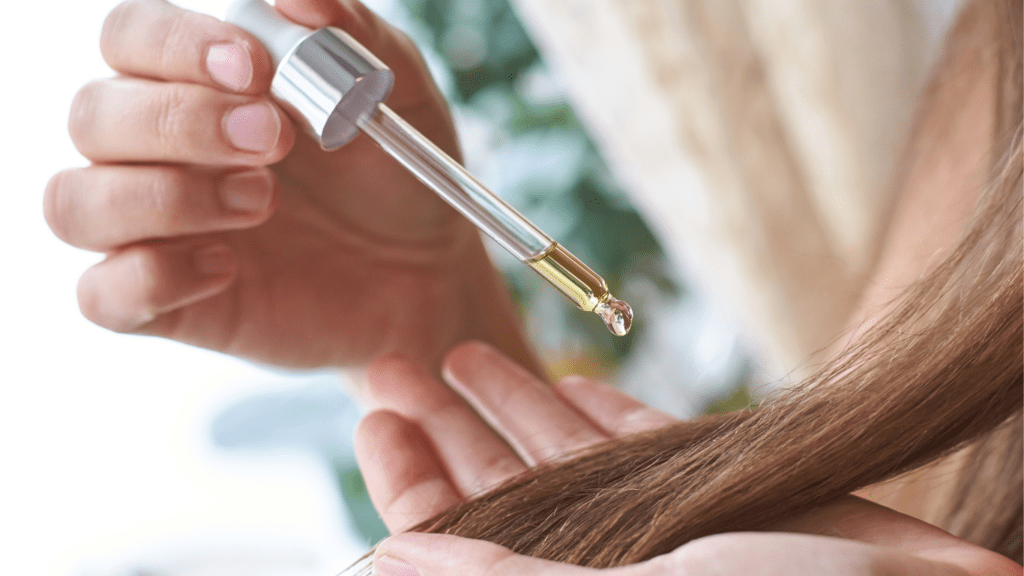Overview of Anti-Dandruff Market Trends
The anti-dandruff market has evolved significantly in recent years, driven by consumer demand for more effective and convenient solutions. Sales reports from 2022 show a substantial increase of 15% in the global market for anti-dandruff treatments. This uptick indicates a growing awareness and need for specialized hair care products.
Increased Preference for Natural Ingredients
Consumers increasingly prefer products with natural ingredients. Options like:
- tea tree oil
- apple cider vinegar
- aloe vera
are becoming more popular due to their soothing and anti-inflammatory properties. Companies are responding by incorporating these elements into their formulas, targeting consumers seeking gentle, yet effective, solutions.
Technological Advancements
Nanotechnology is shaking up the market. It improves ingredient delivery, ensuring active components reach deeper scalp layers. For example, nanoparticle-encapsulated zinc pyrithione offers enhanced absorption and prolonged efficacy, providing lasting dandruff relief.
Customizable Treatments
Personalized anti-dandruff treatments are becoming more commonplace. Products now cater to various hair types and scalp conditions. Diagnostic tools, like scalp analyzers, help formulate tailored treatment plans, ensuring optimal results for each individual.
Sustainable Packaging
Sustainable packaging is gaining traction. Many brands are committing to eco-friendly practices, using recyclable and biodegradable materials. This shift addresses the environmental concerns of modern consumers and aligns with global sustainability goals.
Shifting Consumer Demographics
Younger generations, particularly Millennials and Gen Z, are now key players in the anti-dandruff market. They prioritize product efficacy and brand transparency. Their buying behaviors are influencing market trends, pushing companies to innovate and produce more effective, trustworthy products.
These market trends highlight the dynamic nature of the anti-dandruff industry and underscore the significance of continuous innovation in meeting evolving consumer needs.
Key Ingredients Revolutionizing Anti-Dandruff Products
Recent innovations are making anti-dandruff products more effective by incorporating advanced ingredients. Here are the main types of ingredients driving this change:
Natural Ingredients
Natural ingredients are gaining popularity for their gentleness and efficacy. Tea tree oil, an essential oil with antifungal properties, helps combat the fungus responsible for dandruff.
Aloe vera, known for its soothing effects, reduces scalp irritation and dryness. Coconut oil moisturizes the scalp and has antimicrobial benefits. Neem, a traditional remedy, fights dandruff with its antibacterial and antifungal properties. Peppermint oil, which provides a cooling sensation, helps relieve itchiness and inflammation.
Synthetic Compounds
Synthetic compounds offer precise chemical formulations for targeted action. Zinc pyrithione combats dandruff by disrupting the cell membrane of fungi.
Ketoconazole, an antifungal agent, effectively treats severe dandruff conditions. Salicylic acid exfoliates the scalp, removing dead skin cells and preventing flake buildup. Climbazole, another antifungal agent, controls fungal growth and reduces inflammation. Selenium sulfide slows down skin cell turnover and reduces scalp oiliness, helping manage dandruff.
Technological Advancements in Formulation

Recent developments in anti-dandruff products showcase significant progress in formulation. These innovations not only improve efficacy but also cater to diverse consumer needs.
Microbiome-Friendly Products
New formulations focus on maintaining scalp health by supporting the microbiome. These products balance beneficial and harmful bacteria, reducing irritation and flakiness. Key ingredients include probiotics like Lactobacillus ferment and anti-inflammatory agents such as zinc PCA. These compounds help foster a healthy scalp environment, combating dandruff without disrupting natural flora.
Time-Released Systems
Time-released systems enhance the effectiveness of active ingredients over a longer period. These systems allow for gradual release, providing extended relief from dandruff symptoms.
Commonly used in these products, encapsulated actives like zinc pyrithione and salicylic acid deliver consistent results throughout the day. This sustained action ensures that the scalp remains flake-free and comfortable for longer durations, addressing both immediate and extended needs.
Innovations in Application Methods
Recent advancements in anti-dandruff products extend beyond formulations to creative, efficient application methods. Here’s a look at the latest innovations transforming how we use these products.
Shampoos and Conditioners
Anti-dandruff shampoos and conditioners now come in new formats like foams and mousses. These formats enable even distribution on the scalp, ensuring active ingredients reach targeted areas.
Products with built-in applicators offer precise application, minimizing product waste and maximizing effectiveness. Foams like Neutrogena T/Gel Therapeutic Foam Shampoo make it easy to apply without dripping.
Serums and Scalp Treatments
Anti-dandruff serums and treatments are now available with dropper applicators for precise targeting. Formulations containing encapsulated actives ensure ingredients like salicylic acid get released over time, providing extended relief.
Some serums, like those by The Ordinary, include microbiome-friendly agents like probiotics for maintaining scalp health. Pre-shampoo treatments applied via scalp massagers improve blood circulation, enhancing product absorption and efficacy.
These innovations in application methods significantly improve user experience, making anti-dandruff products more effective and easier to use.
Consumer Preferences and Feedback
Consumers prioritize products that promise visible results within a short period, usually around 1-2 weeks. They show a strong preference for items containing natural and organic ingredients like tea tree oil and aloe vera, reducing synthetic chemical use. Sustainable packaging choices, such as recyclable or biodegradable materials, also resonate with eco-conscious buyers.
Shampoo and conditioner users appreciate convenience and functionality. Feedback often mentions the importance of ease of use in everyday routines. Consumers value innovative applicators like dropper serums or scalp massagers that promise targeted efficacy, enhancing user satisfaction.
Younger demographics tend to be vocal about their experiences on social media platforms. Positive reviews and word-of-mouth significantly influence purchase decisions. Brands that engage directly with their audience, addressing inquiries and thanking for feedback, tend to build loyalty and trust.
High marks are given to products that alleviate itching and flaking without leaving residue. Ingredients offering soothing properties generally receive positive comments. Maintaining a fresh, pleasant scent while being effective against dandruff is crucial, as it impacts users’ overall satisfaction.
- Rapid Results: Consumers notice visible improvements in 1-2 weeks.
- Natural Ingredients: Preferences include tea tree oil, aloe vera.
- Sustainable Packaging: Interest in recyclable, biodegradable options.
- Ease of Use: Importance of innovative applicators.
- Direct Brand Engagement: Influence of social media and direct communication.
- Residual-Free Formulas: Effectiveness without residue.
- Pleasant Scents: Fresh and pleasant scents enhance satisfaction.



 Men’s Hair Care Specialist & Author
Araceline is a unique and valuable contributor, bringing her expert knowledge of men’s hair care and grooming trends. As an experienced author, she shares her deep understanding of hair painting, coloring techniques, and the specific needs of men’s hair. Araceline’s articles are both informative and engaging, offering men practical advice on maintaining stylish, healthy hair.
Men’s Hair Care Specialist & Author
Araceline is a unique and valuable contributor, bringing her expert knowledge of men’s hair care and grooming trends. As an experienced author, she shares her deep understanding of hair painting, coloring techniques, and the specific needs of men’s hair. Araceline’s articles are both informative and engaging, offering men practical advice on maintaining stylish, healthy hair.
